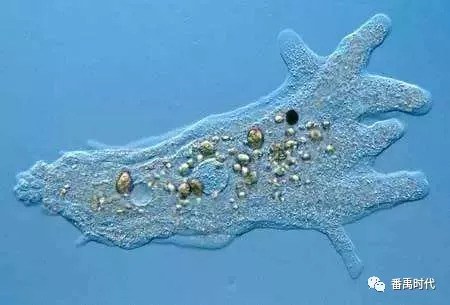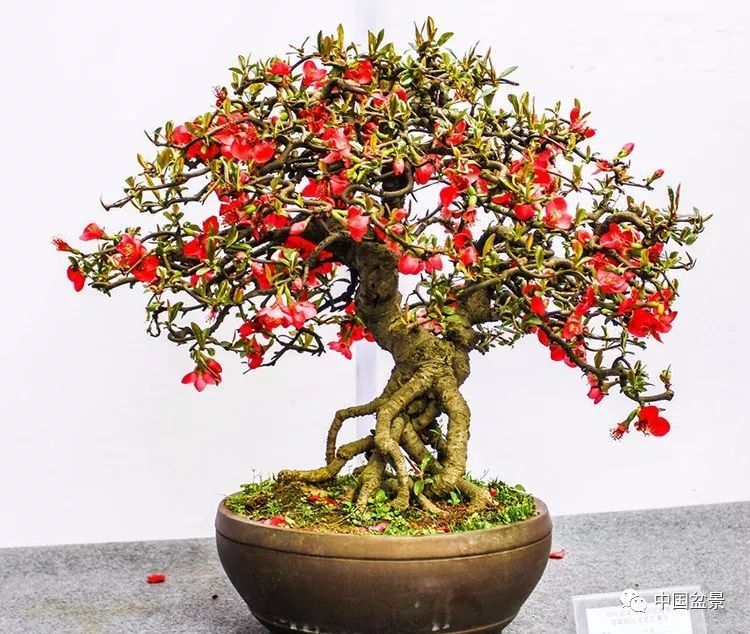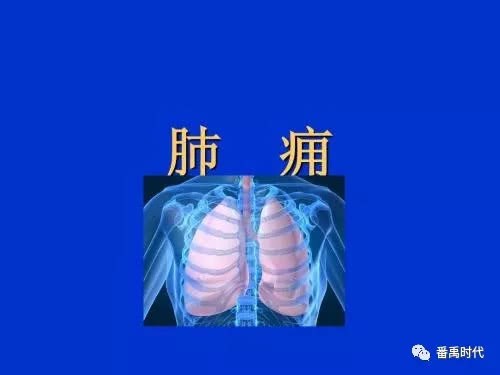Traditional Chinese medicine for the treatment of amoeba lung abscess

Amoeba is uniformly classified as insect disease in traditional Chinese medicine. From the perspective of western medicine, since 1875, more than 30 species of amoeba have been found to be harmful to the human body, such as gastroenteritis, serious abscess of lung, liver and brain, and some people call it brain-eating insects. From the syndrome differentiation and treatment of traditional Chinese medicine, traditional Chinese medicine has a wide range of insecticidal properties, so the treatment of insect disease is more or less the same.
Little is known about the insecticidal use of Chinese herbal medicine, but in fact, the commonly used insecticidal herbs are Melia azedarach, toosendan, Tripterygium wilfordii, Platycladus orientalis, Ginseng, Zanthoxylum bungeanum, Fructus Cnidii, Fructus Rehmanniae, aloe, rhubarb, mulberry leaves, Polygonum multiflorum, Phytolacca acuminata, pine needle tablets, Toona sinensis leaves, ginkgo pericarp, ephedra and so on. And Platycladus orientalis leaves, Toona sinensis leaves, Zanthoxylum bungeanum, Zanthoxylum bungeanum leaves, aloe, mulberry leaves, Cnidium, and so on, are very common in life.
All parasitic diseases are worms in traditional Chinese medicine, and dropsy or dropsy in western medicine. In the current western medicine treatment of amoeba lung abscess, amoebic dysentery, amoeba liver abscess, amoeba brain abscess, etc., traditional Chinese medicine is also used, such as garlic, pulsatilla, Brucea javanica, etc., at present, the main drug for western medicine to treat and dispel amoeba is metronidazole, which has the advantages of good effect, little toxicity, safety, low price and so on.
Amoeba lung abscess, amoeba liver abscess and so on, are all extraintestinal amoebiasis. The onset of amoeba lung abscess is, there will be persistent pain in the chest, tenderness, fever (38-39 ℃), X-ray and other radiography, showing lung enlargement, description of insect disease in traditional Chinese medicine, cyan under the eye socket and nose, impotence yellow or leukoplakia, red silk, or raw millet-like mouth sores, or red lips and swollen lips, anorexia muscles do not give birth, and so on. And divided into nine kinds of insects, the treatment varies from person to person according to symptoms, slightly different.
- Prev

10 pictures, 10 sentences and 10 reasons have affected many people.
1 it is good to take a step back and never give up in another way, but never go black because of obsession. When you encounter obstacles, take a step back and you will see that the so-called "boulder" is not as big as you think.
- Next

Traditional Chinese Medicine attribute in Pulmonary Hemorrhage
Pulmonary hemorrhage is hemoptysis in traditional Chinese medicine. There are many theories about bleeding in traditional Chinese medicine, such as nosebleed, epistaxis, or purging blood. The hemoptysis of traditional Chinese medicine is due to tuberculosis, which is called tuberculosis in traditional Chinese medicine, and impotence and carbuncle.
Related
- Wuhan Hospital Iron Tree Blooming Result Was Instantly Frightened by the Gardener Master
- Which variety of camellia is the most fragrant and best? Which one do you like best?
- What is the small blue coat, the breeding methods and matters needing attention of the succulent plant
- Dormancy time and maintenance management of succulent plants during dormancy
- Minas succulent how to raise, Minas succulent plant pictures
- What are the varieties of winter succulent plants
- How to raise succulent plants in twelve rolls? let's take a look at some experience of breeding twelve rolls.
- Attention should be paid to water control for succulent plants during dormant period (winter and summer)
- Watering experience of twelve rolls of succulent plants
- Techniques for fertilizing succulent plants. An article will let you know how to fertilize succulent plants.

